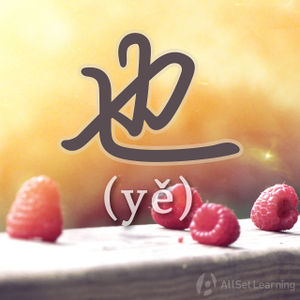Difference between revisions of "Expressing "even" with "lian" and "dou""
| Line 23: | Line 23: | ||
*我 太 穷 了,<em>连</em> 吃饭 的 钱 <em>都</em> 没有。 | *我 太 穷 了,<em>连</em> 吃饭 的 钱 <em>都</em> 没有。 | ||
*谁 都 喜欢 听 那 首 歌曲,<em>连</em> 爸爸 <em>也</em> 喜欢。 | *谁 都 喜欢 听 那 首 歌曲,<em>连</em> 爸爸 <em>也</em> 喜欢。 | ||
| + | *你 真 是 老糊涂 了,<em>连</em> 一个 小孩子 <em>都不如</em> 。 | ||
| + | *他 真的 很 不 孝顺, 经常 打骂 他 的 父母, 真是 <em>连</em> 禽兽 <em>都不如</em> 。 | ||
</div> | </div> | ||
Revision as of 02:44, 9 July 2012
-
Level
-
Similar to
-
Used for
-
Keywords
Structure
"连... 都/也..." (lián... dōu/yě...) is a pattern that can be used to emphasize certain unexpected or surprising events or information. It is used the same way even is in English.
连 + Noun + 也/都 + Adjective/Verb
连 + Noun + 也/都不如
Examples
- 我们 都 去 上海 ,连 奶奶 也 去。
- 她 每天 都 在 学习 数学,连 星期日 都 在 学习。
- 我 太 穷 了,连 吃饭 的 钱 都 没有。
- 谁 都 喜欢 听 那 首 歌曲,连 爸爸 也 喜欢。
- 你 真 是 老糊涂 了,连 一个 小孩子 都不如 。
- 他 真的 很 不 孝顺, 经常 打骂 他 的 父母, 真是 连 禽兽 都不如 。
See also
Sources and further reading
Books
- Common Chinese Patterns 330 (汉语常用格式330例) (pp. 152)→buy
- Modern Mandarin Chinese Grammar: A Practical Guide (pp. 356-7)→buy



